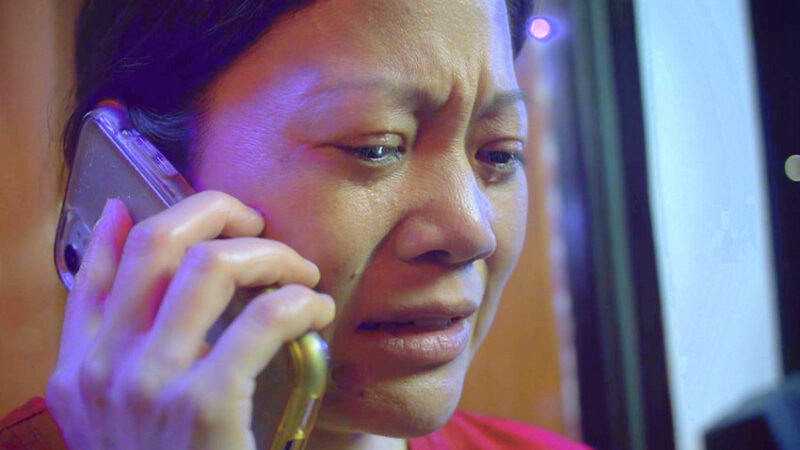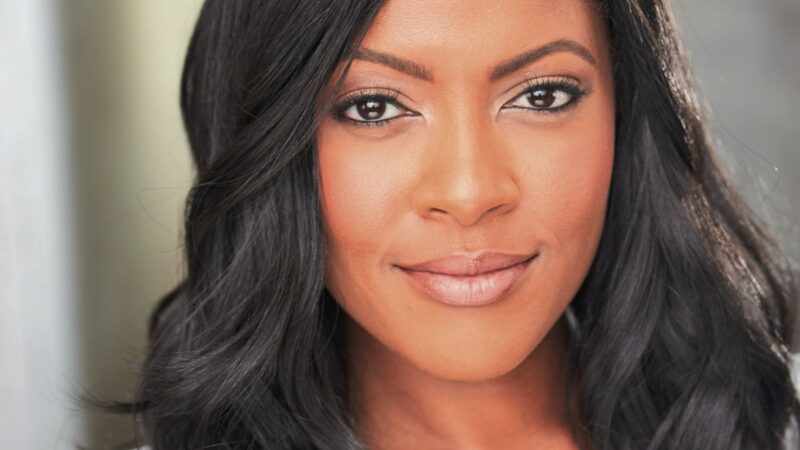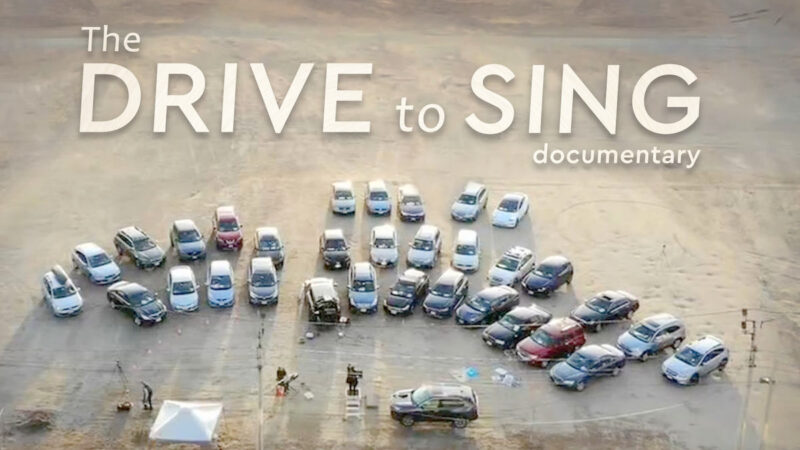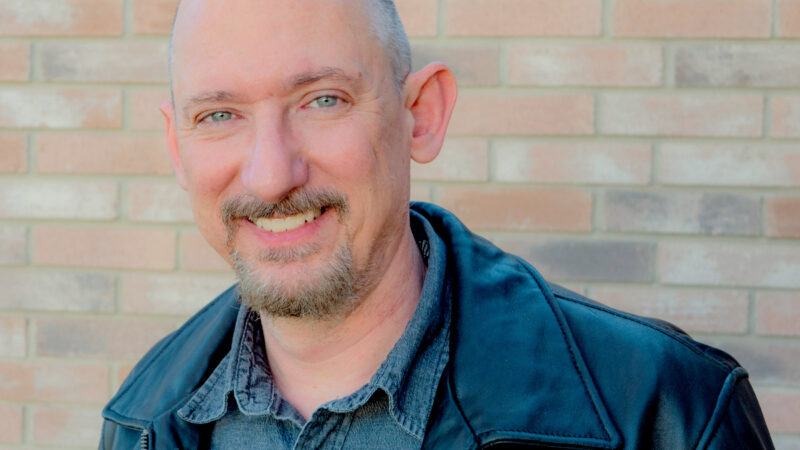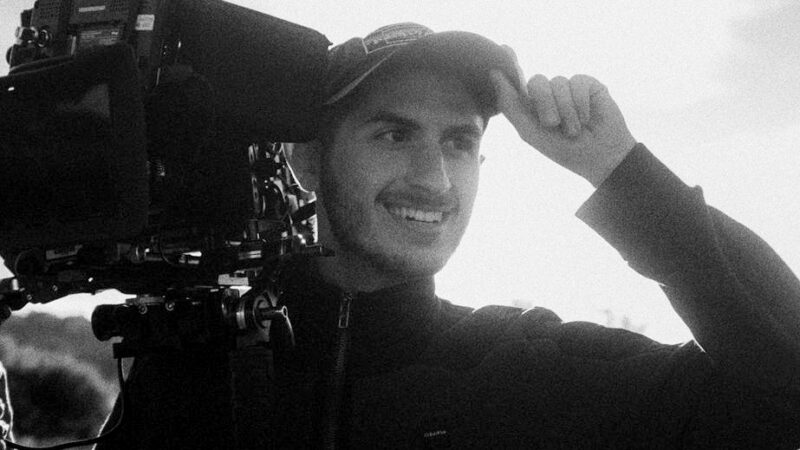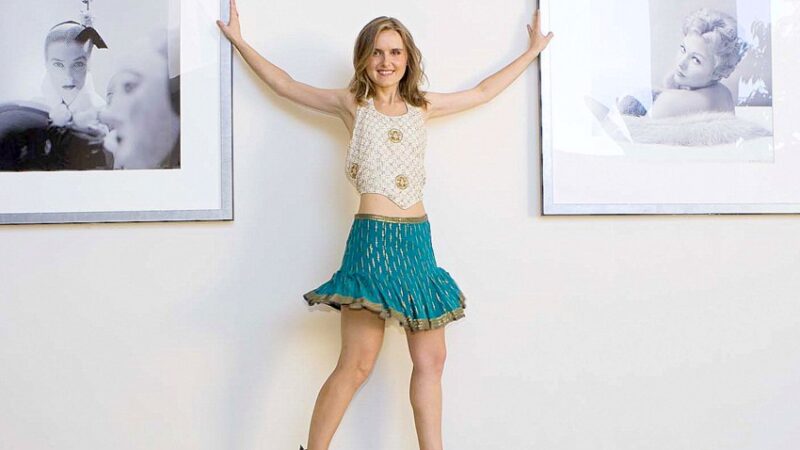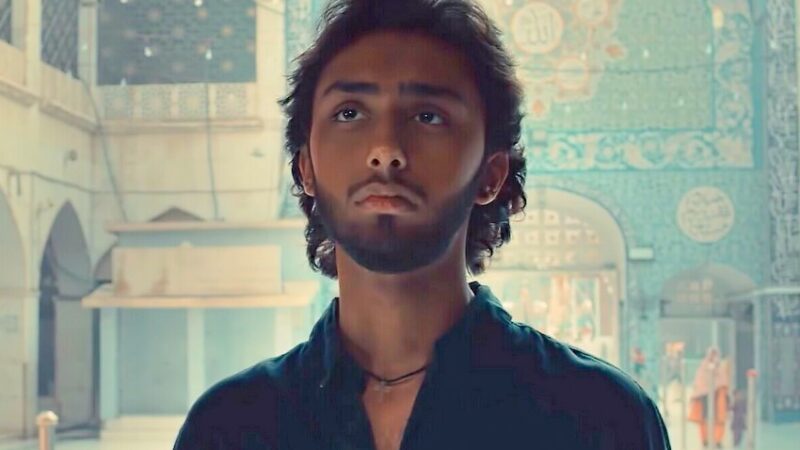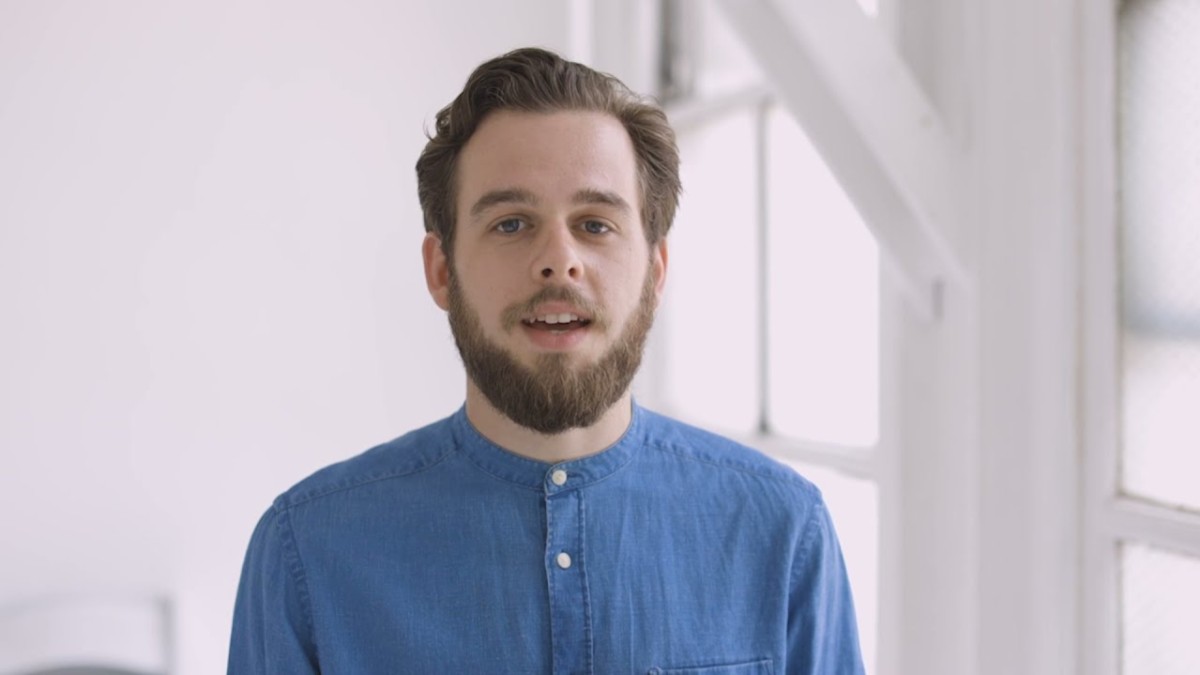
A Case Study
Narrative | Dramatic Features
Film Name: Max is Bleeding
Genre: Social Issue/Drama/Thriller
Date: June 22, 2021
Director: Jordan Anstatt
Producer: Harrison Perkins, Pasha Gambourg, Molly Evans, Jordan Anstatt
Writer: Louis Lagayette
Cinematographer: Niko Feldman
Editor: Jordan Anstatt
Composer: David Frey
Production Company: Anstatt Productions
Budget: $7,700
Financing: Currently seeking financing
Shooting Format: Digital
Screening Format: DCP
World Premiere: Palm Springs International ShortFest 2021
Awards: N/A
Website: http://www.jordananstatt.com/maxisbleeding
indieactivity: Glad to meet you Jordan Anstatt, tell us about yourself?
Jordan Anstatt (JA): I’m Jordan Anstatt, a writer-director based in New York City. My love for filmmaking began in my hometown, Harrisburg, Pennsylvania where my friends and I spent our days filming skate videos. I’m currently completing an M.F.A. in Film at Columbia University and preparing to graduate in 2022.
Courtney is on the way to the vet with her boyfriend and injured dog Max, but something else is wrong. Is Max the only one who needs help?
Introduce your film?
Jordan Anstatt (JA): Max is Bleeding is an 8-minute social issue drama/thriller that follows Courtney, a woman who tries to get her boyfriend arrested during a trip to the vet. It’s an intense portrait that tells a story of personal courage, taking a leap of faith, and moments of necessary defiance. I wanted to use subjective camera language to put the audience in the perspective of the protagonist, especially since we went with drama/thriller approach. Told from the point of view of this female protagonist, Max is Bleeding is structured around Lenore E. Walker’s Cycles of Abuse and each scene explores the difficult journey of trying to break that cycle. The short questions the simplicity of happy, victorious endings while still offering hope.
Tell us why you chose to write, produce, direct, shoot, cut/edit the movie? Was it financial, chance or no-budget reason?
Jordan Anstatt (JA): I told my friend and colleague Louis Lagayette that I was interested in directing someone else’s material, so he sent me this script. Simply put, I connected to it deeply. This story of breaking free and personal courage felt more important than anything. I went with my gut and stuck to it. I knew I could dive into the characters and story as a director, but I wasn’t always sure I would edit the film. I had an amazing editing class with Susan Korda where I started cutting it and experimenting with so much of what I was learning. I was really enjoying it, so I just kept going. The original cut was 12 minutes and included scenes that aren’t in the film anymore, so it was wild to see it change so much during the cut.
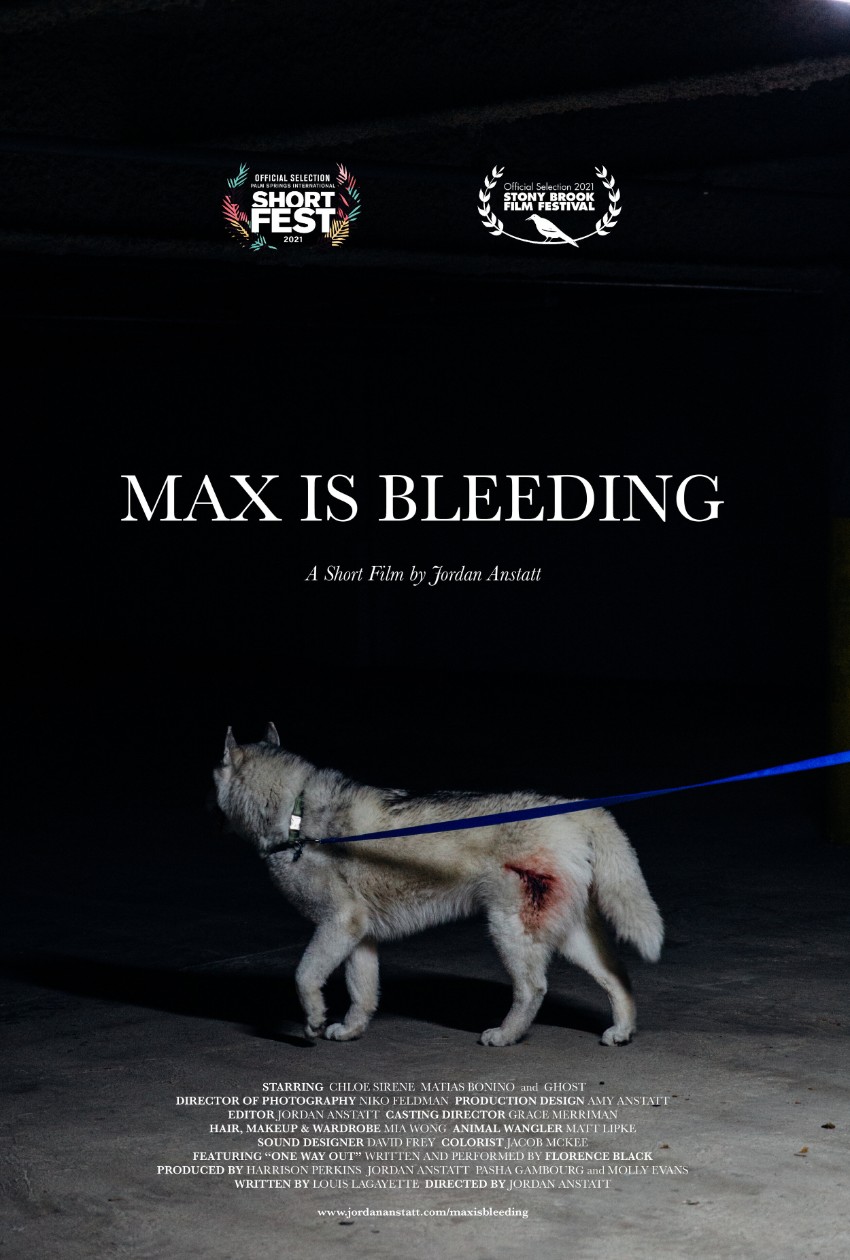
Introduce your crew?
Jordan Anstatt (JA): It goes without saying that Louis Lagayette, as a writer, was an invaluable collaborator on this film and I loved working on the script with him. I had incredible producers that helped me get this project made—Pasha Gambourg offered so many of his resources including shooting locations and connections in New Jersey to cut costs. Harrison Perkins, my AD and producer, took care of countless practical tasks, from insurance to day-of shooting logistics. He’s such a steady producer and I needed that. Molly Evans, another amazing producer, connected us with Matt Lipke and Ghost, the wrangler/dog pair that made the film work. They were all dedicated to the film. Niko Feldman, a passionate and capable DP I’ve worked with frequently, used every resource he had to convey this dramatic story through cinematography, even on a student budget. I still marvel at what he pulled off—he took it into his own hands.
Amy Anstatt, my wife, was our production designer and BTS photographer, and she handled so many little details that transformed the makeshift shooting locations into a vet’s office. I also have to give a shoutout to another longtime collaborator of mine, Mia Wong, who is an absolute rockstar with hair, makeup, and wardrobe. In post, Jacob McKee, a living legend, completed color for the film swiftly and with expertise. David Frey, a faithful sound designer, took sound to another level, adding in subtext through subtle elements like room tone. Those are only a few people and in a small production like this, every single person involved was vital.
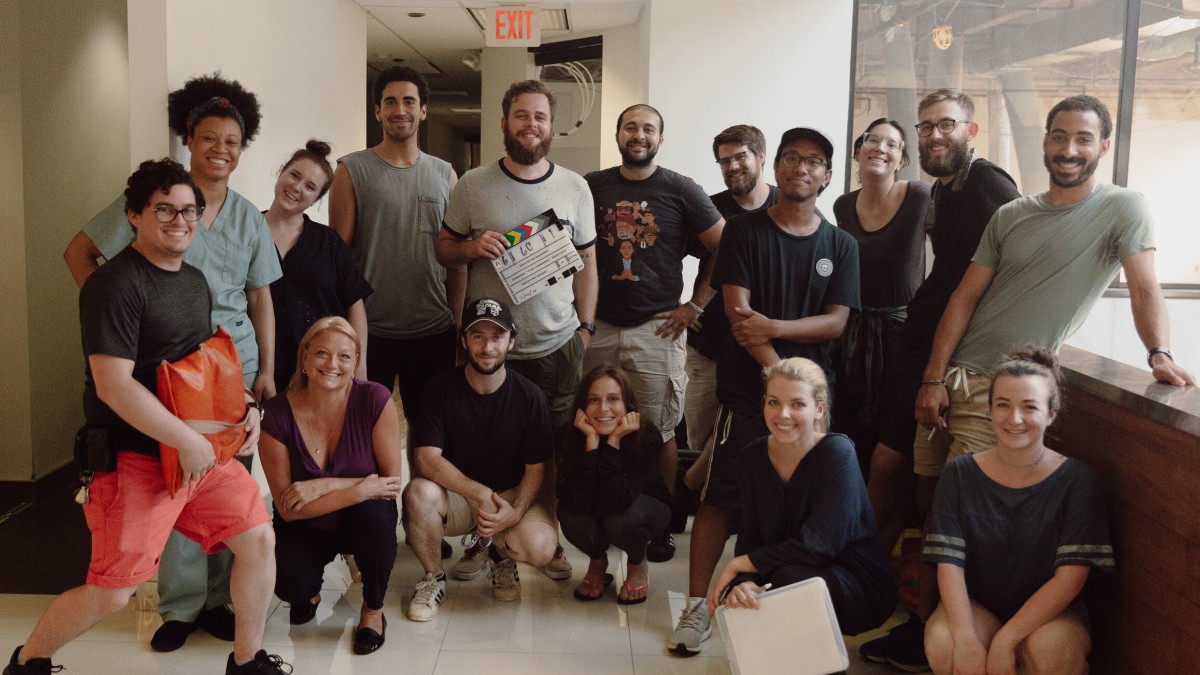
What are your personal experiences putting on all these hats/responsibilities (simultaneously)? Tell us about story, writing, and production?
Jordan Anstatt (JA): It’s been strange separating roles as I’ve continued making movies. I used to do everything from beginning to end, pretty much, and it’s kind of strange realizing that to me, directing and writing and shooting and editing and sound were all jumbled together, like it was just all part of one process. The further I go, the more I enjoy the collaborative process. Film is a team sport.
What is the source of the idea? How did the story develop from the idea? And how did the story evolve into a screenplay? Why do this story? Do you have a writing process?
JA: This was my first time directing a movie I didn’t write, so coming into the writing process as a director illuminated the difference between director and writer. I tried my best to keep my directing hat on and just focus on vision and direction, just like I do with DPs, art department, actors, etc. Louis was so collaborative and willing to listen to my ideas for how to shape it. Since the story had such a strong inspiration point, we decided to try to remain faithful to the original circumstances while acknowledging that we were taking liberties. I expressed my passion about the story as one of sacrifice, courage, and breaking into freedom, which was something Louis felt strongly about too, so we developed further drafts to emphasize those details. I even wrote some pages of my own just to play with it, and he incorporated some of the ideas into the script. My main “why” for this story was to explore the incredible complexity of relationships, boundaries, violence, regret, shame, anxiety, fear, hope, bravery—it was all wrapped up in there. I think that, ultimately, I was telling this story to myself first, so I needed to bring it onscreen to experience it.
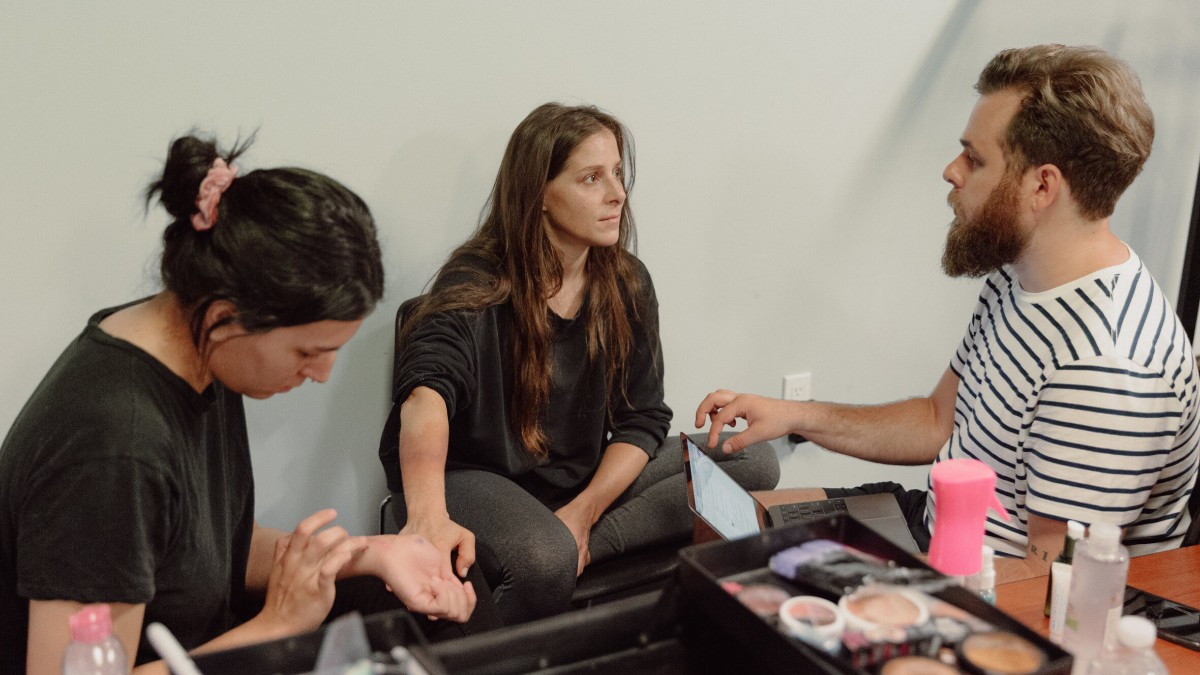
Let’s talk pre-production: take us through a timeline of how you started and ended it?
JA: I made this as my first-year film at Columbia so I had a lot of guidance and support, workshopping the script in classes intensely. I received so much support from my classmates and teachers, Bette Gordon and Tom Kalin, especially. We had a budget cap of $2500 for the film and I wanted to accept that challenge, so I worked hard with Harrison and Pasha to make that happen. We asked so many favors—we got the office location for free from Pasha’s brother, borrowed cars, and people worked pro bono to support the film. Ultimately, we got there on the day, people showed up, and even though the AC wasn’t working in the office, we pulled through. It was hot. To be honest, when we wrapped, I wanted to keep shooting!
What was your rehearsal process and period?
JA: I like to rehearse and we shot in 2019, so I met in-person with all four lead actors either once or twice in scene pairings to make sure we could infuse the tension into the scenes. It was amazing to see the them take it to another level. I use Adrienne Weiss’s directing actors technique pretty dogmatically, so I wrote a novella’s worth of backstory for the characters and then discussed it with the actors in order to set intentions for the characters. We also did some improv to expand the world of the script even though we mostly stuck to the script during shooting. Ultimately, every single actor in this film is talented and industrious, so I left rehearsals with confidence.
You shot the film in days. How long were your days?
JA: I believe we did three 12-hour days, which included a thirty-minute commute on each end, so we were at the locations for about 11 hours each day. It was intense for free work, but fortunately, everyone was down for it.
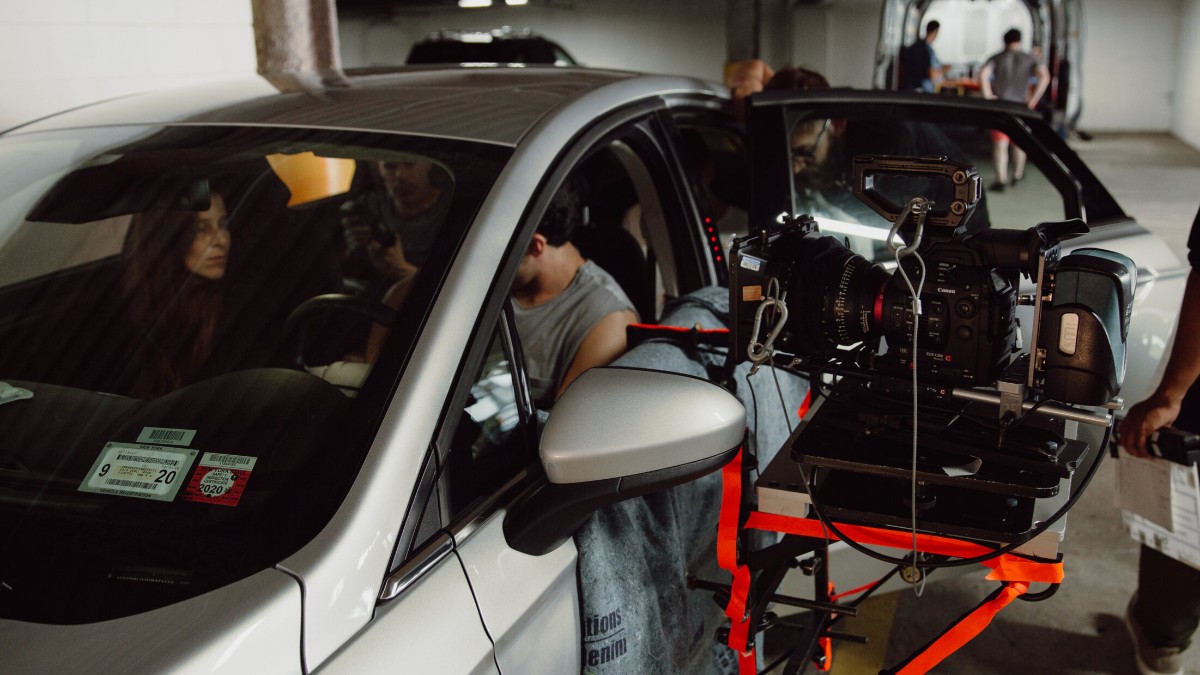
Did the tight shooting schedule make it harder or easier? How did it affect performances?
JA: I’ve never had an easy schedule for a shoot—due to my shooting/editing style, I usually struggle to get all my shots done. Rehearsals helped make that easier, but the reality was that Chloe and Matis had to go to incredibly intense, dark spaces for this film. If they asked me for extra time to get in character, I always gave it to them, and it always paid off.
During the film production, what scene (that made the cut) was the hardest to shoot? And why?
JA: All the usual chaos of a small location shoot made it hard to create a space for Chloe to carry the performance to the final moment of the film, which was a really vulnerable moment. I always knew that Max is Bleeding was a breakup film, so I wanted to capture as much of the characters’ relationship as I could, even with random people messing up sound by blasting music upstairs or interrupting shooting. We had so little time and there were so many distractions, but Chloe delivered exactly what we needed so beautifully that we were also able to get coverage and create a complete scene. As difficult as it was, it was even more gratifying.
What worked better in this latest production that mightn’t have worked so well in the last one you did?
JA: The short film I made before Max is Bleeding is called The Art of Paring, and the two are tonally different enough that the camera moves and zooms Niko and I used for Max is Bleeding wouldn’t have worked well for The Art of Paring. The intense subjectivity of Max is Bleeding allowed me to experiment in a way that I hadn’t been able to before—I got to use the camera as an appendage of the character.
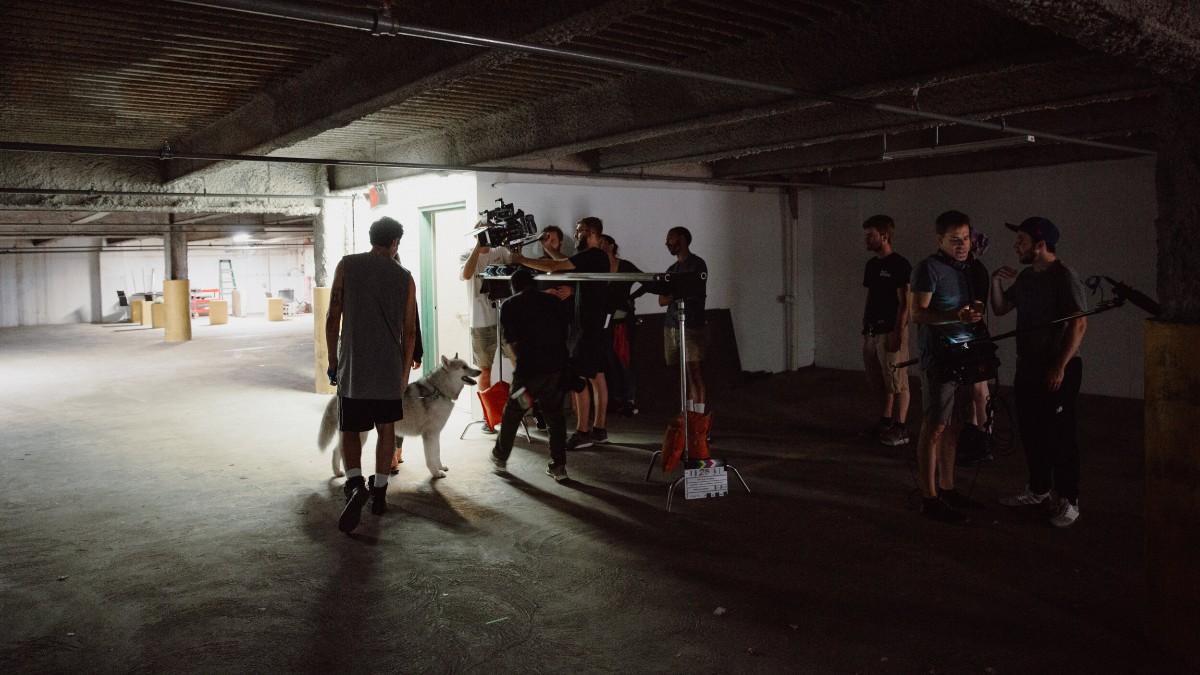
What were the advantages and disadvantages in the way you worked?
JA: An advantage of shooting fast was that we had options. We were mostly faithful to only doing three or four takes and that rhythm helped a lot. A disadvantage was that we had to shoot Ghost, our dog star, in one morning. Once he was gone, we couldn’t get him back. I would have loved to have him there for real during the whole shoot, but we just couldn’t afford it. I think it distracted me a bit, I was worrying too much bout continuity at that point, but once we got focused back on the story, it was all good.
What was the experience like of working with a small shooting crew?
JA: It’s normal for me. In fact, I enjoy having a small set environment. I grew up shooting skate videos single-handedly, so I’m always working from a place of only adding what I need. By having a small crew, we were more mobile, communicated quicker, and kept the energy at a place where we could focus on the intimate elements of these intense scenes.
The film looks stunning. How did you get such a good look when shooting so fast?
JA: We shot on a Canon C300 Mark II which kept us mobile while giving us the richness we wanted for a big-screen experience. Major shoutout to Niko Feldman for always working against student-film budget constraints to create a beautiful image. One thing that Niko and I immediately agreed on for this was the gritty naturalism of the image, which contrasted with the mostly locked-down drama/thriller camera language we were working with. My moodboards for this film were full of documentary and portrait photography from areas of Florida, New Jersey, and the Midwest, and the way Niko infused that into the shots blew me away.
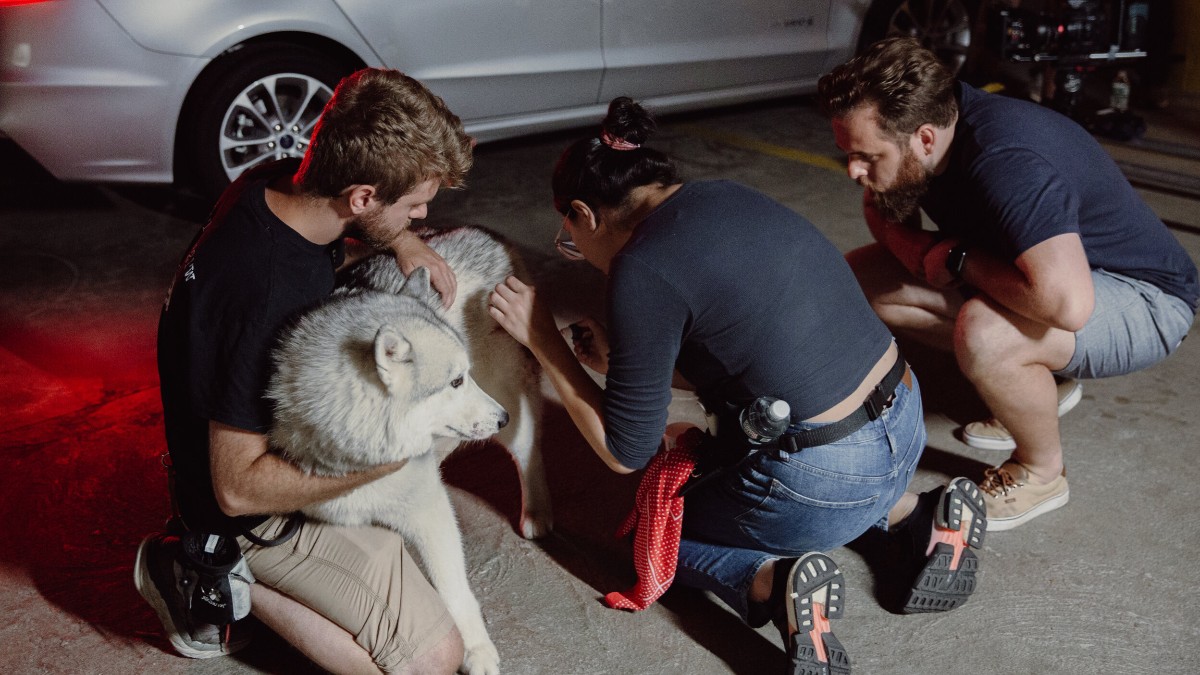
When did you form your production company – and what was the original motivation for its formation?
JA: Furlough Pictures has been my production company name since 2016, and that was started as a way to make independent films. The name came from the fact that I was always making films during “vacation” at that point, taking off work or making films on the weekend. My wife and I recently consolidated Furlough and her business, Amy Anstatt Photography, into Anstatt Productions LLC during 2020—we work together on her wedding photo business, so we have a lot of crossover between the two. We love working together in whatever capacity we can and we also figured it would be more efficient to have everything under one roof, so to speak.
What was the first project out of the gate?
JA: My SCAD senior film, Somna, was my first real short film in the sense that it was the first one I ever submitted to film festivals. It’s always good to have a way to separate myself from the films legally and even mentally so that it can have a life of its own.
What about independent filmmaking and the business do you still struggle with?
JA: The financial aspect has been hard to understand, but that’s mostly been because I’ve been in school and disconnected from a lot of industry connections. After working on craft for so long, I’m glad to get to know people who are really out there working. Even still, I frequently hear from indie filmmakers that it’s not steady by any means, so I’m figuring out how to make it happen. Staying realistic and doing the work day by day is the most frequent advice I’ve received.
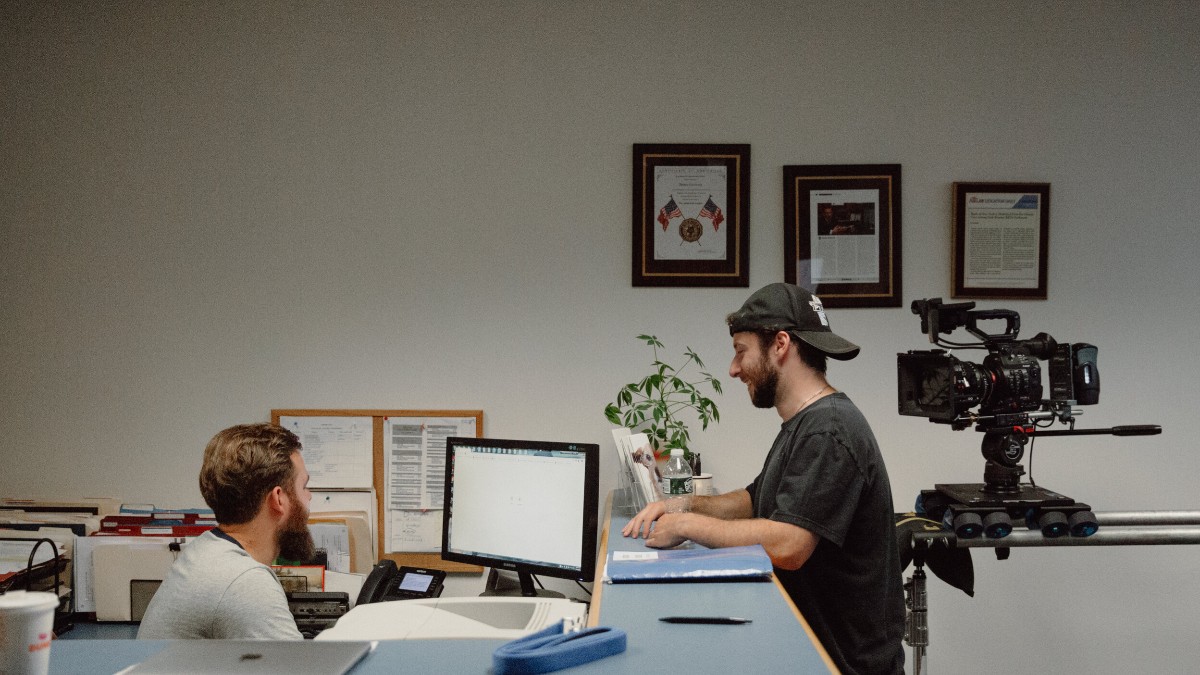
Where do you think your strengths lie as a filmmaker?
JA: My background as a skateboarder and skate video filmer (we call them filmers, not directors) gives me a unique perspective on directing. I was accustomed to using a handheld camera with a zoom or fisheye lens and doing everything myself, skating alongside my friends. We made the videos documentary-style, shooting them for two years at a time. Recently, I’ve been experimenting with how to blend that with both comedy and drama in my films and pushing my film grammar to new places. That and my background in acting give me a more narrative bent—I acted in high school and college and really enjoyed it. I learned that I love emotional deep-diving and exploring characters like actors do, but I do it as a director.
Let’s talk about finance, How did you finance the film?
JA: This is a student film, so we saved a ton of money using Columbia University’s equipment and insurance resources. We asked a lot of favors. The school mandated a $2,500 production budget limit, which we managed, but costs in post production, festivals, and PR have brought us beyond that. Right now, I’m looking to sell the film and get it on platforms that can both pay the film back and educate audiences through broader distribution of the movie.
How much did you go over budget? How did you manage it?
JA: We did really well for production—we were right up to the school’s limit coming in. We probably went a little bit over when we had to buy a fan when the building’s AC broke on set and some extra food, that kind of stuff. In post, I should have gone over-budget because I actually took the film out of picture lock and kept editing, so color and sound were done twice, but David Frey and Jacob McKee are generous and didn’t bill me extra for the back-and-forth.
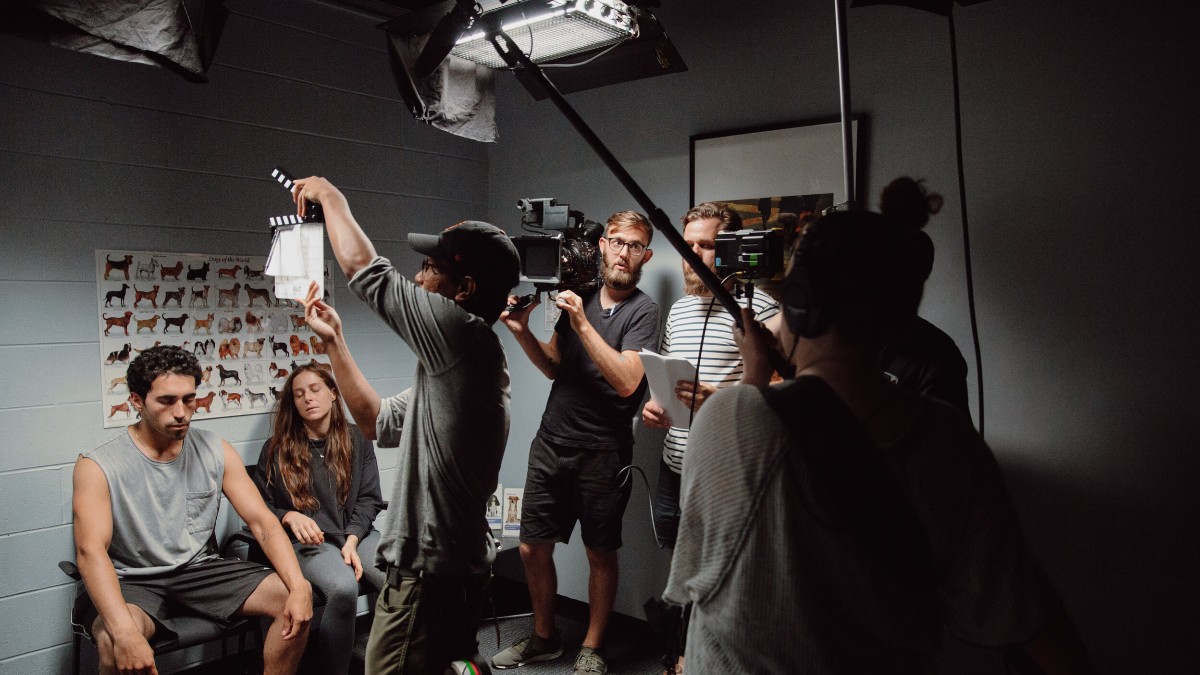
How important is marketing? Talk about the festival tour? Do you think a project can make a dent without it nowadays?
JA: Marketing is pretty important, but relationships—both PR and straight-up networking—are the key. Festivals don’t really respond to marketing, they just want a good film. Marketing is good for after the film’s been picked up, and ideally, the distributor handles all of the marketing. When I arrive at festivals, I’m reminded of how important it is to be there in person, to meet cool people. That’s more important than social media campaigns and SEO in my mind. That being said, every filmmaker would do well to give whatever time and resources they have to both relationships and marketing. You never know what’ll work!
Tell us about marketing activities or efforts on this project – and how it worked or didn’t work?
JA: The important thing about marketing for Max is Bleeding is that the film is not out online yet. When I market online, I’m not pushing people to watch the film yet, I’m just trying to create awareness. Social media posting has made a core group really excited about the film. I also hired London Flair to do PR for the film and they’ve connected me with multiple interviews which has boosted the film immensely. The ultimate marketing effort, though, has been playing at festivals—just showing up, watching the film with people, and talking about it.
What do you hope audiences will get from the presentation of your film?
JA: As a social issue film, Max is Bleeding aims to bring awareness to the devastating reality of domestic violence and abuse that persists to today. The pandemic skyrocketed domestic abuse cases throughout the world and the subject is as urgent as ever. I hope the film creates a space to confront that reality. I also hope that people who aren’t in this exact situation will be inspired by the film and ask questions about the complexity of seeking any kind of freedom or health. Max is Bleeding is about taking a leap of faith and defying in order to survive, and I know I benefited from meditating on that. I hope others do too.
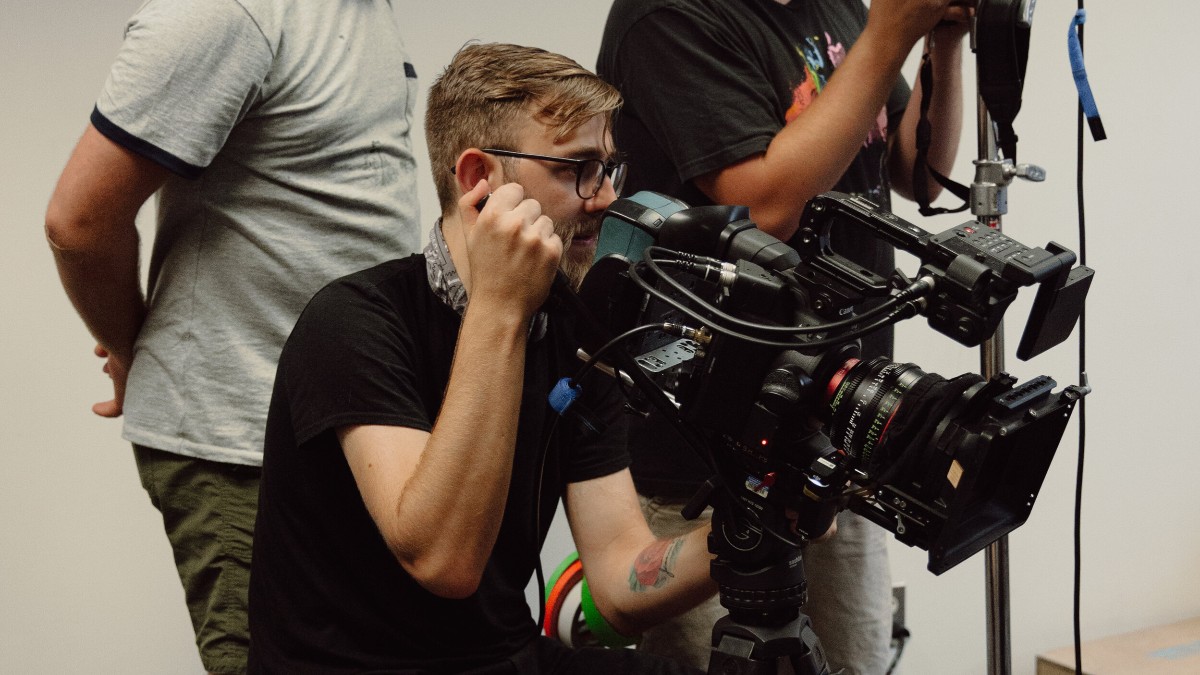
What else have you got in the works?
JA: I just finished my short documentary Josephine which follows my two-year-old nephew around as he struggles to accept the arrival of his baby sister. I’m also stoked to shoot my next fiction short in September 2021 called Nobody Skates Except for Me, a story of petty revenge that takes place at a skatepark. Lastly, I’m adapting my TV pilot, The Gospel According to Eddie, into a feature script. It’s about a Christian teenager who’s let down by his hero and has to rediscover his faith for himself in the modern world. I’m finishing school, so thankfully I have the space to juggle those projects right now.
Tell us what you think of Case Study: The Making of Max is Bleeding by Jordan Anstatt What do you think of it? Let’s have your comments below and/or on Facebook or Instagram! Or join me on Twitter.
Follow Jordan Anstatt on Social Media
Website
IMDb
LinkedIn
Instagram
Vimeo
MORE STORIES FOR YOU

